Bash Paradiso Granite is a decorative natural stone quarried in southern India. It is noted for cloud-like, pleated patterns mixing brown, purple, blue-grey and orange shades. Depending on cut and lot it may be described locally as Paradiso Bash, Paradiso-Bash or simply Paradiso; some technical sources classify the material petrographically as a migmatite or foliated gneiss rather than a true homogeneous plutonic granite.
Purpose and use-cases
Common applications are kitchen countertops, bathroom vanities, backsplashes, interior and exterior flooring, stair treads, fireplace surrounds and ventilated façade cladding. Its bold, flowing pattern makes it a popular choice where a statement surface or large-area continuity is desired.
Performance & quality in real conditions
Bash Paradiso behaves like high-grade granites: good compressive strength, strong abrasion resistance and generally low water absorption compared with softer stones. However, mechanical and absorption numbers vary by quarry lot — always request dated batch test reports (ASTM/ISO) for compressive strength, water absorption and slip resistance before specifying for safety-critical or exterior work. Light and mid tones can show grout lines, adhesive residue or residues more than darker stones, so finishing and installation choices matter.
Materials and manufacturing notes
Mineralogy typically includes quartz, feldspar, mica with accessory iron-bearing minerals that produce warm tones and occasional rust specks. Blocks are sawn, calibrated into standard 18–30 mm slabs and finished in multiple surface options. Some exporters use resin filling on micro-fissures for a smoother polish; request written disclosure of any factory stabilization because it affects later grinding, polishing or repair work.
Parameter |
Description |
| Slab Sizes | Gangsaw 280 x 180 CM up in 2, 3 CM, and other Cutter Slabs: 180 x 60 CM up in 2, 3 CM, and other |
| Tiles | 30×30, 30×60, 40×40, 60×40, 60×60, 60 x 90, 60×120 CM in various thicknesses and custom sizes |
| Thickness | 6 mm, 18 mm, 20 mm, 30 mm & custom options |
| Others | Window sills, thresholds, monuments, steps & treads, flagstones, and articles available in custom sizes |
| Finishes | Polished, honed, leathered, bush hammered, lepatora, flamed, shotblasted |
| Place of Origin | South India |
Maintenance and care
Daily wiping with a soft cloth and pH-neutral stone cleaner keeps the finish. Avoid acidic cleaners and abrasive pads. Use the water-drop porosity test to check sealing needs; reseal when water no longer beads. Typical reseal intervals are 1–3 years depending on use, sealer type and exposure. Promptly blot oil and pigmented spills to reduce staining risk.
Installation & compatibility notes
Fabrication requires experienced stone fabricators with diamond tooling. Use polymer-modified mortars for tiled work and color-matched epoxy seams for countertops to minimize visible joins on patterned slabs. Heavy slabs require A-frame transport crating, proper blocking and structural support under countertops. For wet or exterior areas, verify slip ratings and freeze–thaw suitability for the selected lot.
Because Paradiso Bash often contains accessory iron minerals and feldspathic bands, internal micro-oxidation pockets or subtle color zoning can appear after polishing. Quarry exporters and fabricators recommend requesting a cut-face inspection or larger slab section to detect hidden oxidation or zoning before large installations.
Alternative name Bash Paradiso: Paradiso Granite, Paradiso Bash Granite, Paradiso Classico Granite, Paradiso Violet Granite, Paradiso Bush Granite, Brown Paradiso Granite
Pros & Cons
Pros
- Distinctive, dramatic veining and multi-tone palette for statement surfaces.
- Granite-class mechanical resistance — abrasion, heat, compressive.
- Multiple finishes and common slab sizes available.
- Applicable for interior and many exterior uses when lot-appropriate.
Cons
- Lot-to-lot visual variation requires full-slab inspection and matching.
- Possible internal iron oxidation or micro-fissures (inspect cut faces).
- Warranty, lab tests and lead times vary by supplier; not standardized publicly.
Who should / should NOT buy
Who should buy:
- Designers/homeowners wanting a bold patterned natural stone.
- Projects needing granite-grade durability with strong visual impact.
Who should NOT buy:
- Buyers requiring uniform, subtle color across many slabs without matching effort.
- Projects needing fully standardized, vendor-guaranteed lab certifications unless supplier provides them.
FAQs
Q1: Is Bash Paradiso good for kitchen countertops?
Yes — it shows granite-class heat and abrasion resistance; seal and clean spills promptly.
Q2: How often should it be resealed?
Typical guidance 1–3 years depending on use and sealer; use water-drop test.
Q3: Where is it quarried?
Southern India (Karnataka / Tamil Nadu) — origin affects look.
Q4: Can it be used outdoors?
Many lots are used outdoors; verify frost resistance for your slab.
Q5: Do exporters stabilize slabs with resin?
Some do; request written disclosure because stabilizing affects fabrication and repair.

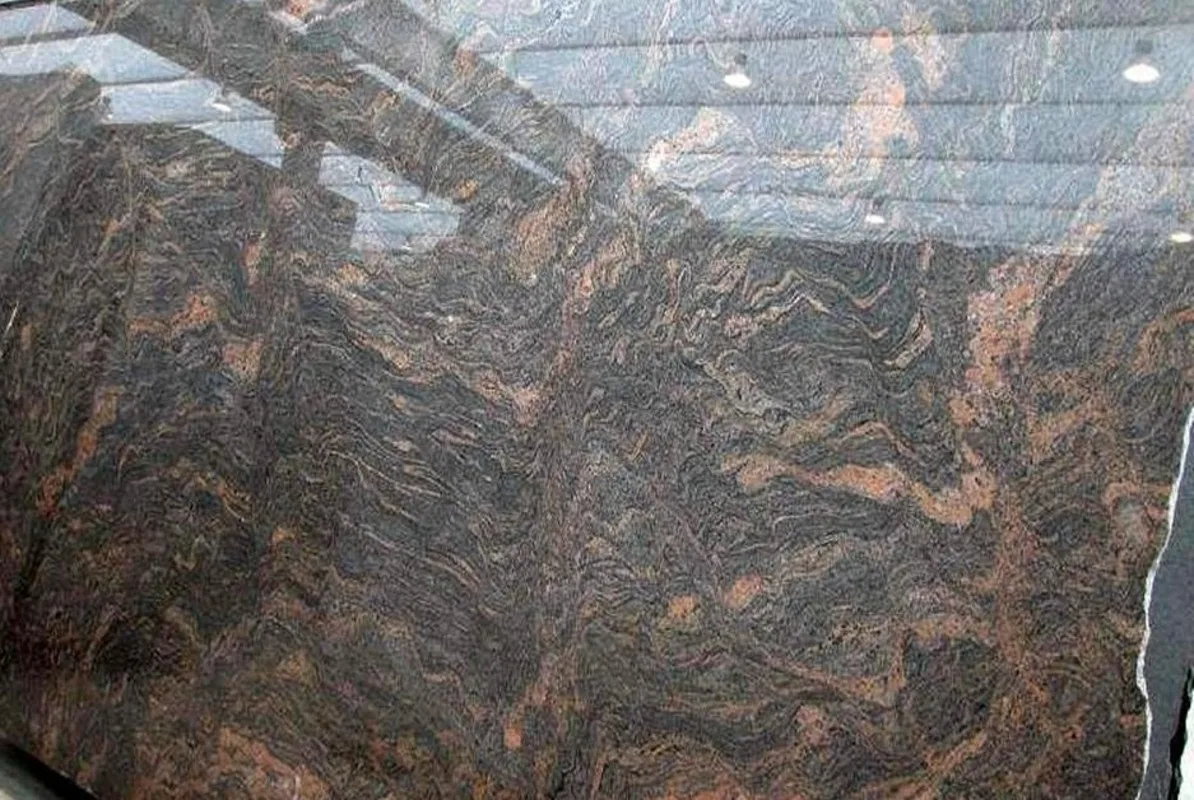
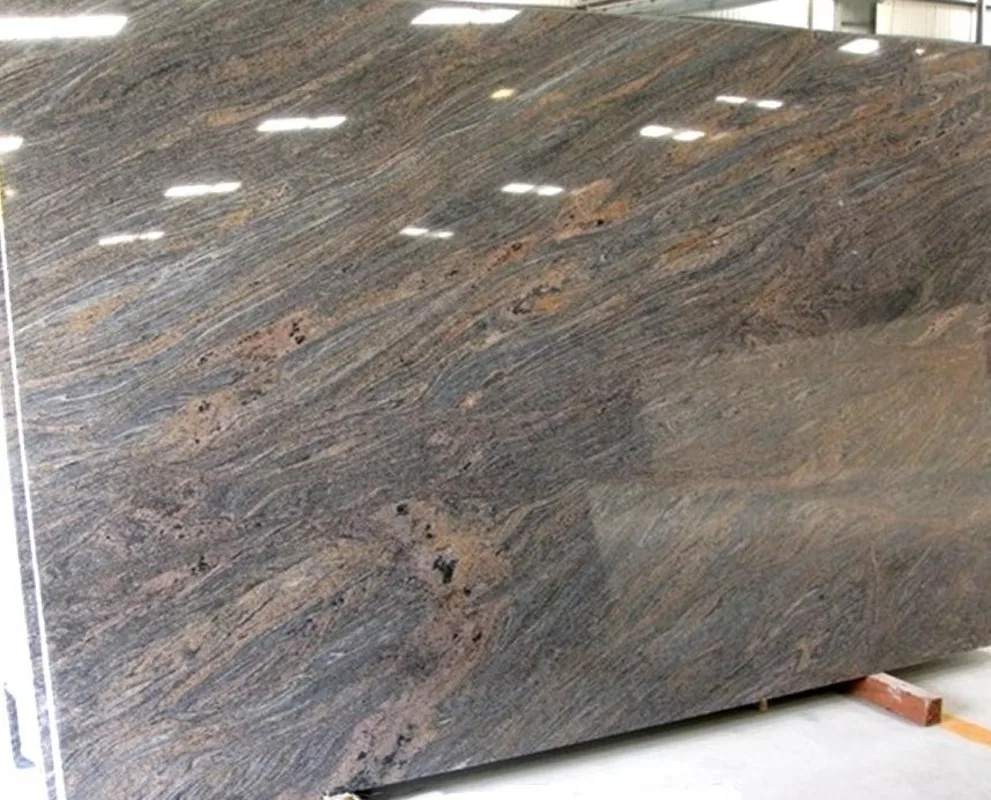
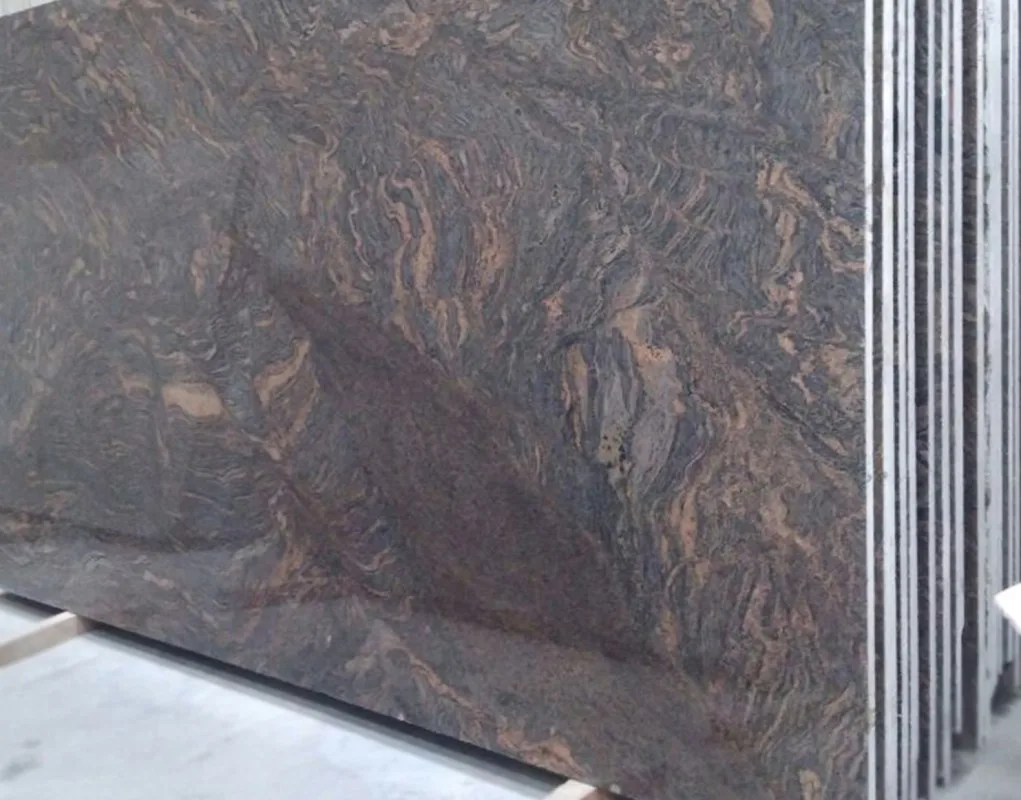
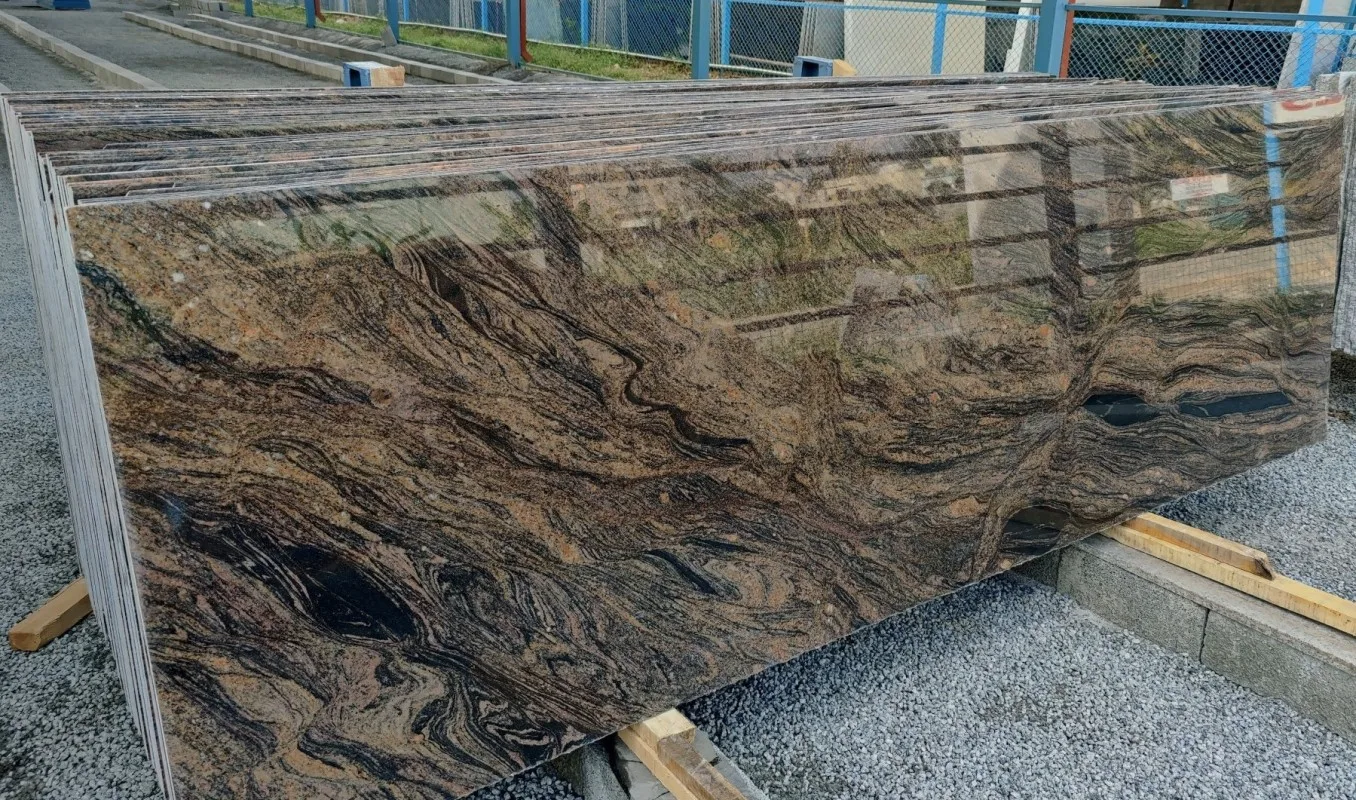

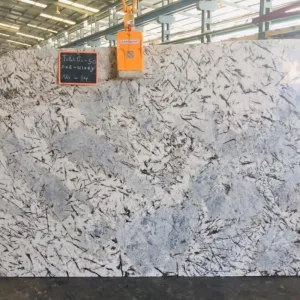
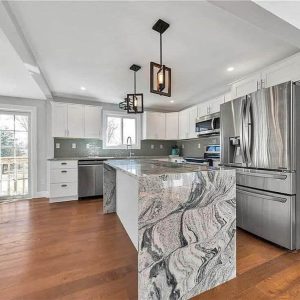
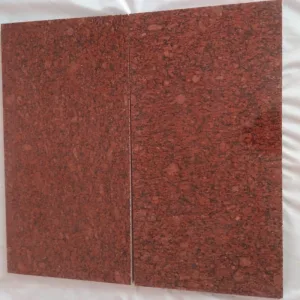
Reviews
There are no reviews yet.